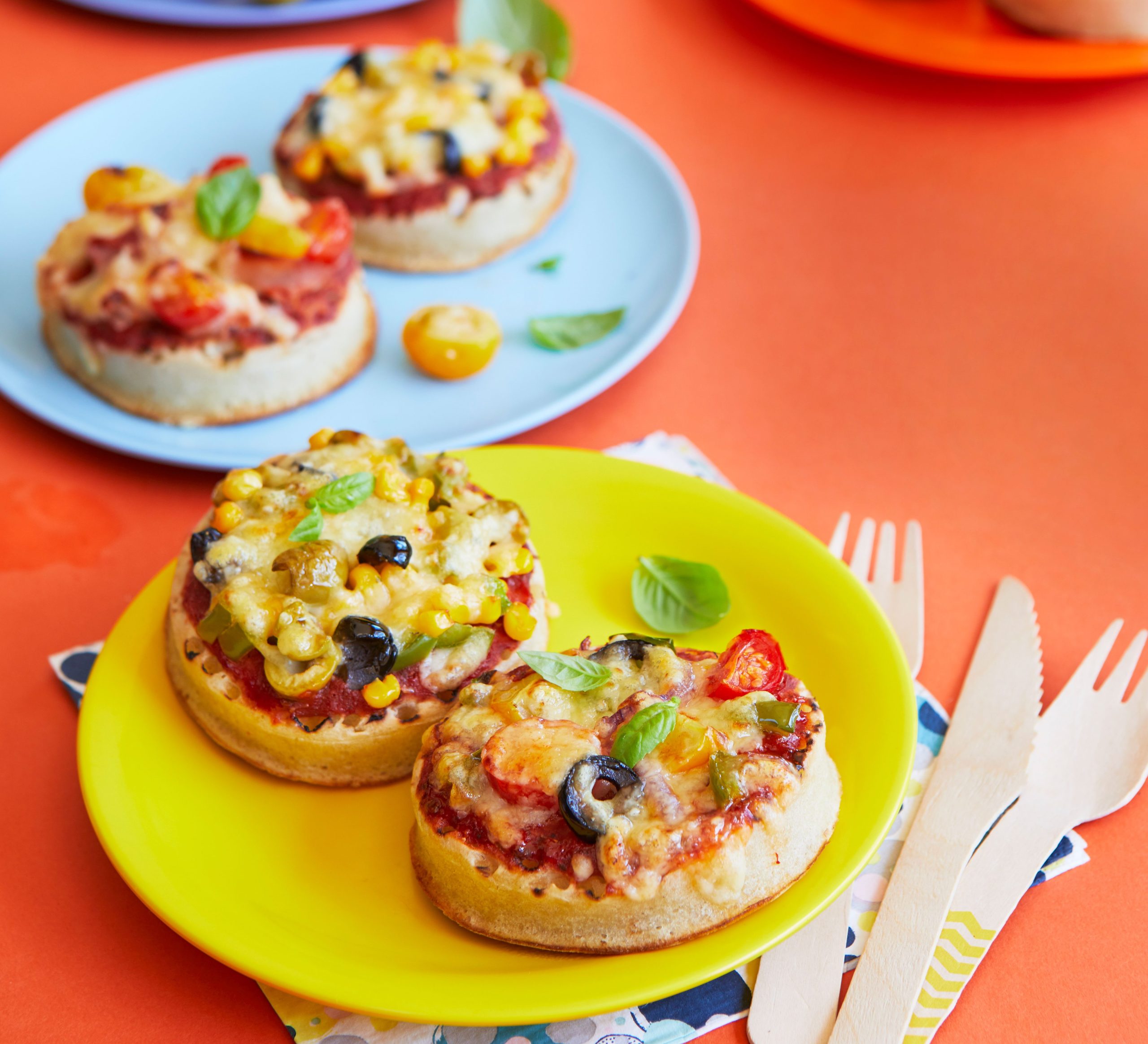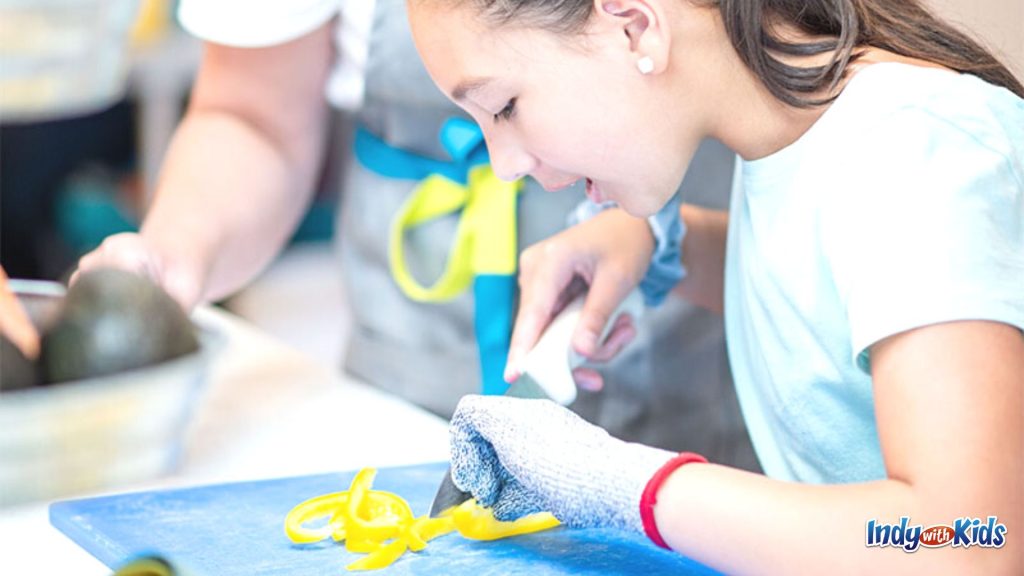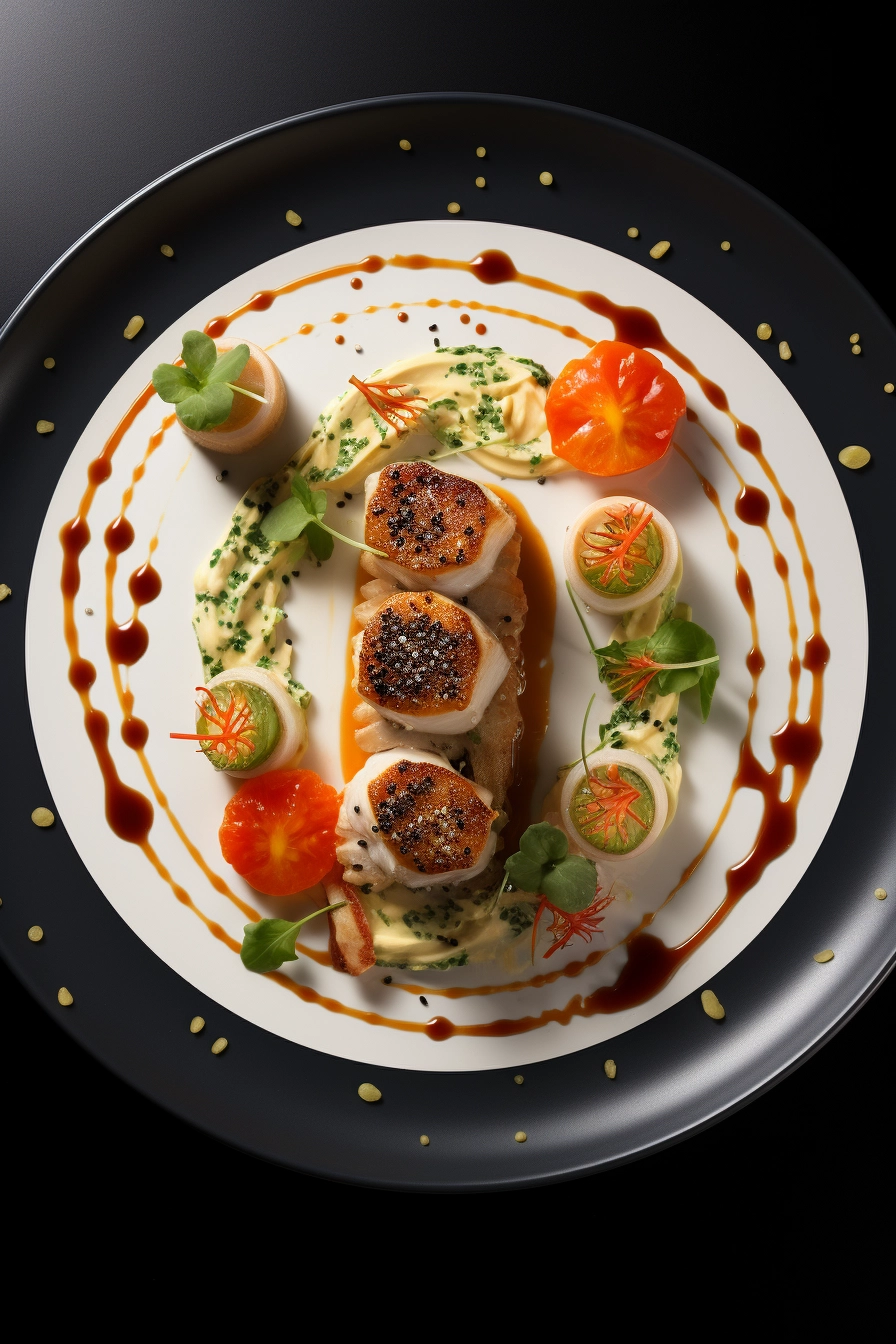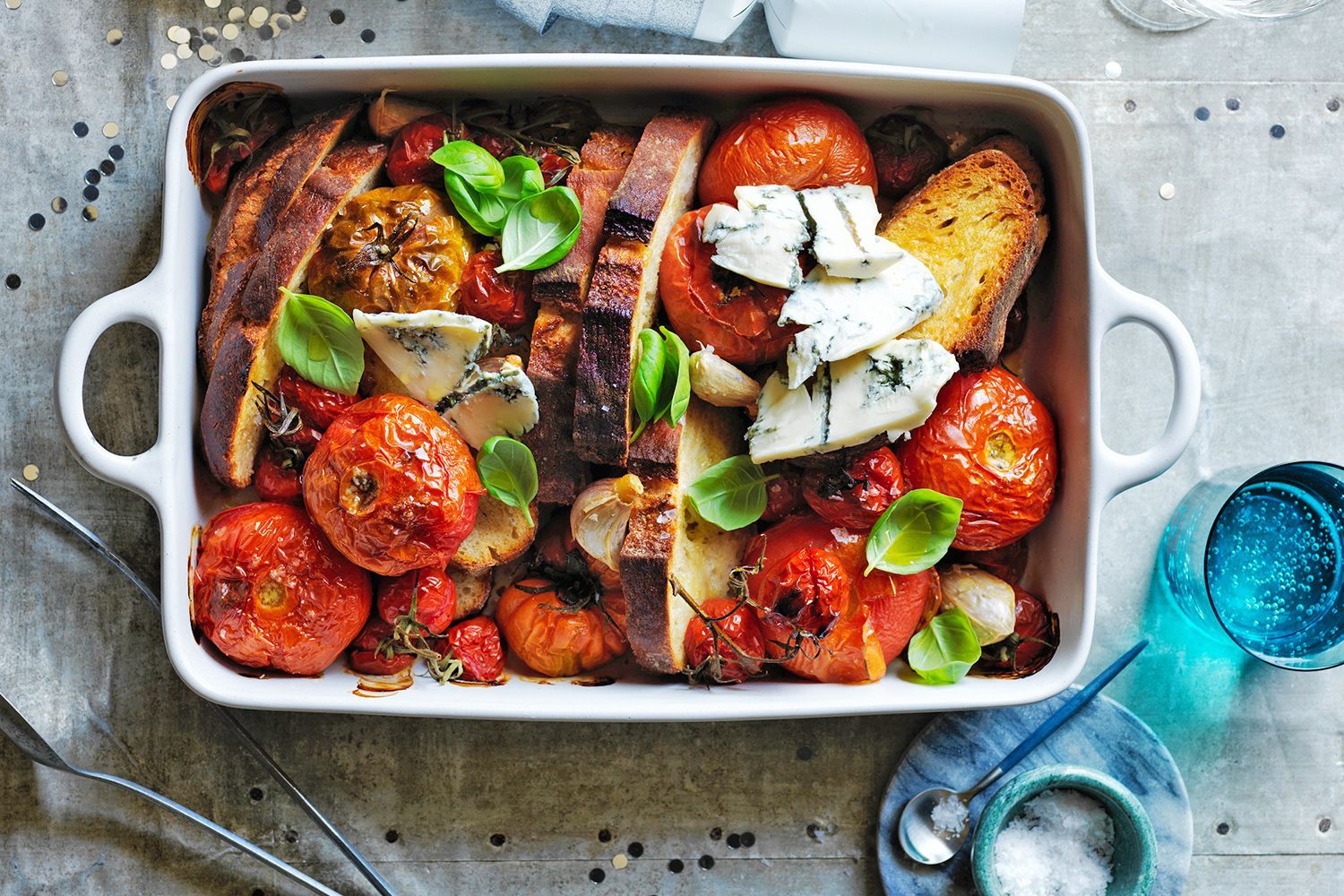Cooking with Kids: Fun and Educational Recipes for Little Chefs

Cooking with Kids: An Engaging Experience
Involving children in the kitchen is more than just making a meal; it serves as an enriching platform for creativity and skill-building. This immersive experience allows kids to engage their imagination and curiosity while learning practical life skills that pave the way for increased independence and confidence in adulthood. With hands-on activities in the kitchen, children not only learn the art of cooking but also absorb valuable lessons about teamwork and the importance of healthy eating habits.
Here are some key reasons why cooking with little chefs is beneficial:
- Boosts Creativity: Kids thrive on imagination, and the kitchen is their creative playground. By experimenting with various ingredients, colors, and textures, children can create visually stunning dishes. For example, making a fruit salad with vibrant berries, bananas, and kiwi not only enhances taste but also allows children to design their rainbow on a plate, turning mealtime into a fun art project.
- Enhances Math Skills: Cooking is filled with opportunities to integrate basic math concepts. Measuring ingredients fosters an understanding of quantity, volume, and even fractions. While preparing cookies, for instance, children can practice measuring out cups of flour or dividing a pizza into equal slices, reinforcing their math skills in a tangible way.
- Promotes Healthy Eating: Preparing food at home encourages children to try new foods and develop a deeper understanding of nutrition. Involving them in cooking provides a platform for discussions about the importance of fruits and vegetables. For example, when making a homemade vegetable stir-fry, children can learn about the health benefits of bell peppers, broccoli, and carrots, leading to a curiosity not only about cooking but also about where their food comes from.
Furthermore, working as a team in the kitchen helps develop communication and cooperation skills. When children collaborate on a recipe, they learn to follow instructions and express their ideas, fostering a sense of community and belonging. This process builds patience as they wait for meals to bake and allows them to experience the joy of sharing the fruits of their labor.
Moreover, seeing their culinary creations come to life instills a sense of pride and accomplishment in kids. Whether they’re whipping up a batch of colorful cupcakes or crafting a hearty pasta dish, the kitchen becomes a stage where they can reflect their efforts and creativity.
This article will highlight a variety of fun and educational recipes designed for young chefs. From simple snacks like homemade granola bars to delicious meals such as veggie tacos, each recipe is crafted to engage and excite your child’s imagination. These culinary projects are not only fun but also nurture essential life skills that will serve them well into adulthood.

Get ready to explore the wonderful world of cooking together, transforming your kitchen into an adventure zone where learning seamlessly blends with delicious fun! With every dish made, your little chefs are bound to treasure these moments, creating lasting memories while developing vital skills for a healthy, self-sufficient life.
DISCOVER MORE: Click here for an exciting exploration
Deliciously Educational: Engaging Recipes to Try with Your Kids
When it comes to cooking with kids, the possibilities are as endless as the smiles shared over a family meal. Introducing little chefs to the kitchen doesn’t mean restricted or complicated recipes; instead, it opens the door to countless fun and educational experiences. From baking to assembling salads, every step offers opportunities to learn while creating delightful dishes. Let’s dive into some engaging recipes that embody the spirit of exploration and learning!
1. DIY Personal Pizzas
Making personalized pizzas is an excellent way to allow kids to express their creativity while honing their culinary skills. The best part? You can customize the ingredients according to personal preferences and dietary requirements.
- Ingredients: Pizza dough (store-bought or homemade), tomato sauce, mozzarella cheese, and a variety of toppings such as bell peppers, mushrooms, pepperoni, and olives.
- Process: Start by preheating the oven. Roll out the pizza dough and let your children spread the tomato sauce. Next, let them sprinkle cheese and arrange their favorite toppings. This activity introduces them to concepts of portion control and ingredient layering.
- Educational Angle: While preparing pizzas, parents can explain the origins of pizza, the importance of various food groups, and practice fractions through cheese measurement.
2. Fruit and Yogurt Parfaits
Creating colorful fruit and yogurt parfaits is not only easy but also encourages healthy eating habits. Kids love building their layers, and the final product is as visually appealing as it is nutritious.
- Ingredients: A selection of fruits (like strawberries, blueberries, and bananas), yogurt (Greek or regular), and granola.
- Process: In a clear glass, children can layer yogurt, then fruit, followed by granola. Let them experiment with textures and flavors while discussing the health benefits of each ingredient.
- Educational Angle: This recipe can turn into a mini-science lesson, explaining how different fruits grow, their seasonal availability, and the nutritional content of yogurt versus heavy creams.
3. Colorful Vegetable Wraps
Vegetable wraps provide another fantastic way for children to learn about nutrition while developing their chopping and assembling skills. These wraps can be made with a variety of fresh veggies and proteins, making them entirely customizable.
- Ingredients: Whole wheat tortillas, hummus or cream cheese, assorted veggies (carrots, cucumbers, bell peppers), and optional proteins like turkey slices or tofu.
- Process: Allow kids to spread hummus on a tortilla. Then, they can layer their vegetables and proteins before rolling it up. This activity introduces kids to layering flavors in a healthy way.
- Educational Angle: Discuss the concept of a balanced meal and the nutrients provided by different colors of vegetables, encouraging kids to “eat the rainbow.”
Incorporating these fun and educational recipes into family cooking sessions not only builds culinary skills but also enriches children’s understanding of nutrition, culture, and math. As they create delicious dishes, they are likely to develop a passion for cooking that lasts a lifetime. Stay tuned as we delve deeper into more engaging recipes and insightful cooking tips in the coming sections!
Why Cooking Together Is Important
Engaging children in the kitchen goes beyond just meal preparation; it builds essential life skills. Through cooking, kids develop a strong sense of independence as they learn to follow instructions and make choices about food. Furthermore, cooking fosters a healthy relationship with food, encouraging children to try new ingredients and flavors, which is crucial for their overall nutrition.
Hands-On Learning
Cooking integrates various educational concepts in a practical setting. For instance, measuring ingredients introduces basic math skills, while discussing recipes can enhance reading comprehension. When kids measure flour or stir sauces, they gain hands-on experience that solidifies their understanding of scientific principles, fostering curiosity and experimentation. Cooking can also teach children about nutrition and the importance of balanced meals, an invaluable lesson in today’s fast-food culture.
Building Bonds
Cooking with kids promotes quality family time and strengthens bonds between parents and children. As families come together to prepare meals, they create memories and shared experiences that enhance relationships. Gathering around the kitchen allows for open communication, laughter, and collaboration, making cooking a rewarding activity for everyone involved.
| Category | Advantages |
|---|---|
| Skill Development | Enhances cooking, math, and reading skills. |
| Quality Family Time | Strengthens family connections and promotes communication. |
Participating in the process of cooking can instill a sense of accomplishment in children, encouraging them to be creative and adventurous in their culinary endeavors. From savory dishes to sweet treats, each cooking experience serves as a valuable lesson, making mealtime more than just about food, but a journey filled with learning.
DIVE DEEPER: Click here to discover sustainable crafting projects
Hands-On Learning: Recipes That Shape Little Chefs
As we continue our exploration of cooking with kids, it’s essential to recognize that each recipe serves as a jumping-off point for discussions about food, science, and culture. Engaging children in the kitchen isn’t merely about preparing meals; it’s about instilling a lifelong appreciation for cooking and nutrition. Let’s look at more recipes that not only delight the taste buds but also serve as fantastic learning opportunities.
4. Homemade Ice Cream in a Bag
What could be more thrilling than making ice cream at home? This fun and simple recipe allows kids to indulge their scientific curiosity while satisfying their sweet cravings.
- Ingredients: Heavy cream, milk, sugar, vanilla extract, ice, and salt.
- Process: Combine cream, milk, sugar, and vanilla in a small zip-top bag. Seal it tightly and place it inside a larger bag filled with ice and salt. Let the kids shake, shake, shake! This not only makes delicious ice cream but also introduces a lesson on the freezing point of mixtures.
- Educational Angle: Discuss the science behind freezing and how salt lowers the freezing point of ice, helping them understand that temperature plays a crucial role in cooking and food preparation.
5. DIY Sushi Rolls
Making sushi is another fantastic way to connect with cultural cuisines while encouraging creativity. This hands-on recipe lets kids personalize their sushi rolls, making them more inclined to taste their creations.
- Ingredients: Sushi rice, nori (seaweed sheets), fresh vegetables (like cucumber, avocado, and carrots), and cooked protein (such as crab or shrimp).
- Process: Teach kids how to prepare sushi rice, then allow them to lay out ingredients on nori and roll it up. This skill not only improves their dexterity but also makes them more adventurous eaters.
- Educational Angle: Introduce kids to Japanese culture, the significance of sushi in Asian cuisine, and basic knife skills while discussing safety and proper handling.
6. Easy Scones with Fruit
Baking scones can be a rewarding experience for kids, especially when they get to choose their mix-ins. Soft, warm, and slightly sweet, scones are the perfect treat for breakfast or an afternoon snack.
- Ingredients: All-purpose flour, baking powder, sugar, butter, milk, and fruits like blueberries or cranberries.
- Process: In a bowl, allow your little chefs to mix dry ingredients before cutting in butter. Add milk and fruit, forming a dough that they can shape into rounds and bake. This activity teaches measuring and the importance of technique in baking.
- Educational Angle: Discuss the role of each ingredient and how baking powder acts as a leavening agent, promoting the concept of chemical reactions in cooking.
These hands-on recipes not only create memories but also equip children with valuable skills that extend beyond the kitchen. When children participate in cooking, they learn to appreciate flavors, understand healthy food choices, and gain confidence in their abilities as little chefs. As we continue unveiling more exciting dishes, it remains clear that each recipe is an opportunity for growth—both culinary and personal.
DIVE DEEPER: Click here to uncover the art of molecular gastronomy
Final Thoughts: Nurturing Little Chefs
In conclusion, cooking with kids is not just about the delightful dishes created but a multifaceted, enriching experience that imparts essential life skills. Activities such as making homemade ice cream, crafting DIY sushi rolls, and baking easy scones offer children an avenue to explore their creativity, enhance their culinary skills, and grow in confidence. Through these interactive and educational recipes, children gain a hands-on understanding of concepts ranging from basic math and science to cultural appreciation.
Moreover, these experiences establish a strong foundation for healthy eating habits and nutrition awareness, encouraging children to embrace new flavors and prepare independent meals in the future. Engaging kids in the kitchen has proven benefits for mental development, critical thinking, and even fostering family bonds as they work together to create something delicious.
Ultimately, cooking is an invaluable tool for learning and exploration that extends far beyond the kitchen. The lessons and memories forged during these culinary adventures can last a lifetime. As we encourage our little chefs, let us remain open to the potential that each recipe holds, as it offers yet another chance for growth and discovery. The journey of cooking with kids is one filled with laughter, joy, and an ever-deepening appreciation for the art of food. So, roll up your sleeves, gather your little ones, and dive into the world of flavors together!


